2. Tomatoes
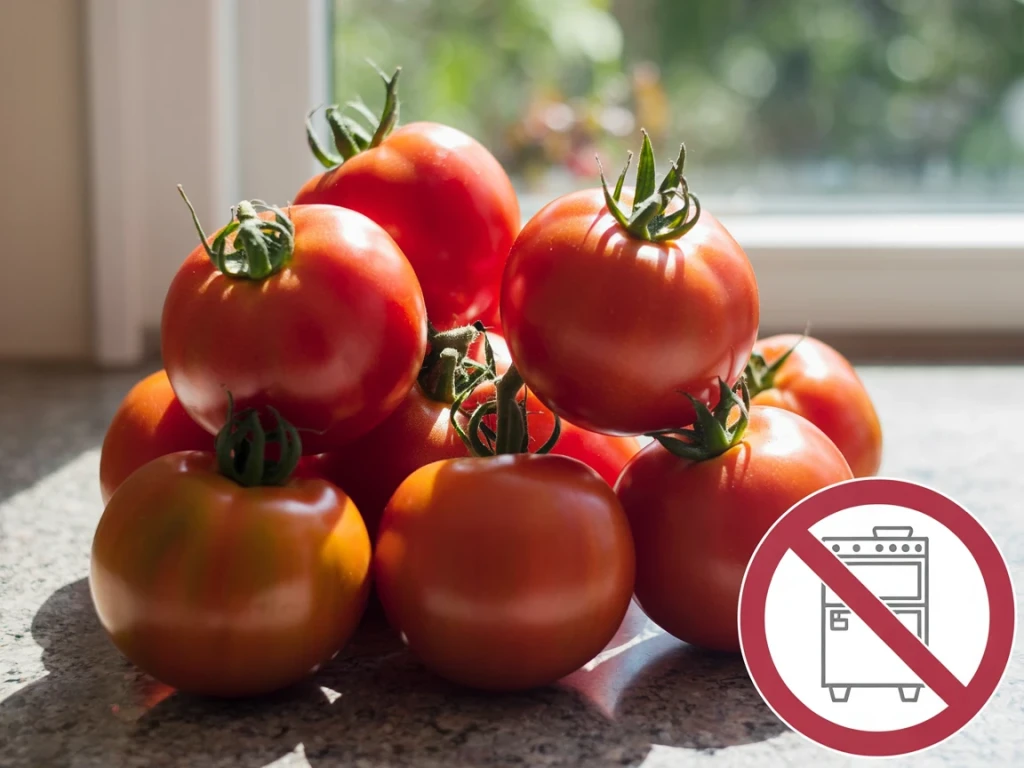
If you’ve ever wondered why store-bought tomatoes sometimes taste like cardboard, refrigeration might be the culprit! Cold temperatures are basically tomato flavor killers.
They stop the ripening process in its tracks and break down those delicate membranes inside (you know, the ones that make tomatoes juicy and delicious).
The result? A mealy, bland bite that’s missing all that wonderful sweetness and tang we love.
How to store them right: Keep your tomatoes stem-side down on your countertop, away from direct sunlight. Let them sit at room temperature where they belong! Once they’re perfectly ripe (you’ll know—they’ll smell amazing), use them within a few days for the best flavor explosion in your salads and sandwiches.
3. Onions

Whole onions in the fridge? That’s a recipe for disaster (and we’re not talking about the good kind!). The moisture and lack of fresh air circulation make them soft and moldy. Plus, onions are like little odor sponges—they’ll absorb smells from other foods in your fridge while making everything else smell like, well, onions. Not exactly what you want for your chocolate cake!
How to store them right: Store whole onions in a cool, dry, well-ventilated spot in a mesh bag or open basket (they need to breathe!).
Now, here’s the exception: once you’ve cut an onion, wrap it up tight and pop it in the fridge, where it’ll stay good for 7-10 days. But whole onions? Keep ’em out!
4. Garlic

Garlic bulbs and refrigerators just don’t mix. The cold makes them sprout (and not in a cute way), turns them rubbery, and can even make them taste bitter.
Nobody wants bitter garlic ruining their pasta sauce! The humid fridge environment also encourages mold growth, which is definitely not what we’re going for.
How to store them right: Find a cool, dry spot with good air circulation for your garlic. A garlic keeper is perfect (those cute ceramic ones with holes), but an open container works great too. Stored like this, your garlic can last several months—plenty of time to cook up all your favorite recipes!
5. Bread

This one surprises a lot of people! Many folks refrigerate bread thinking it’ll last longer, but here’s the twist—it actually goes stale faster in the fridge.
The cold makes the starch molecules recrystallize (science is wild, right?), which means you end up with dry, tough bread much quicker than if you’d just left it on the counter.
How to store them right: Keep your bread in a breadbox or sealed bag at room temperature if you’re going to eat it within 3-4 days.
Planning to keep it longer? Here’s the trick: freeze it instead! Bread freezes beautifully and maintains its quality way better than refrigeration ever could. Just toast or thaw when you’re ready to enjoy!
6. Coffee
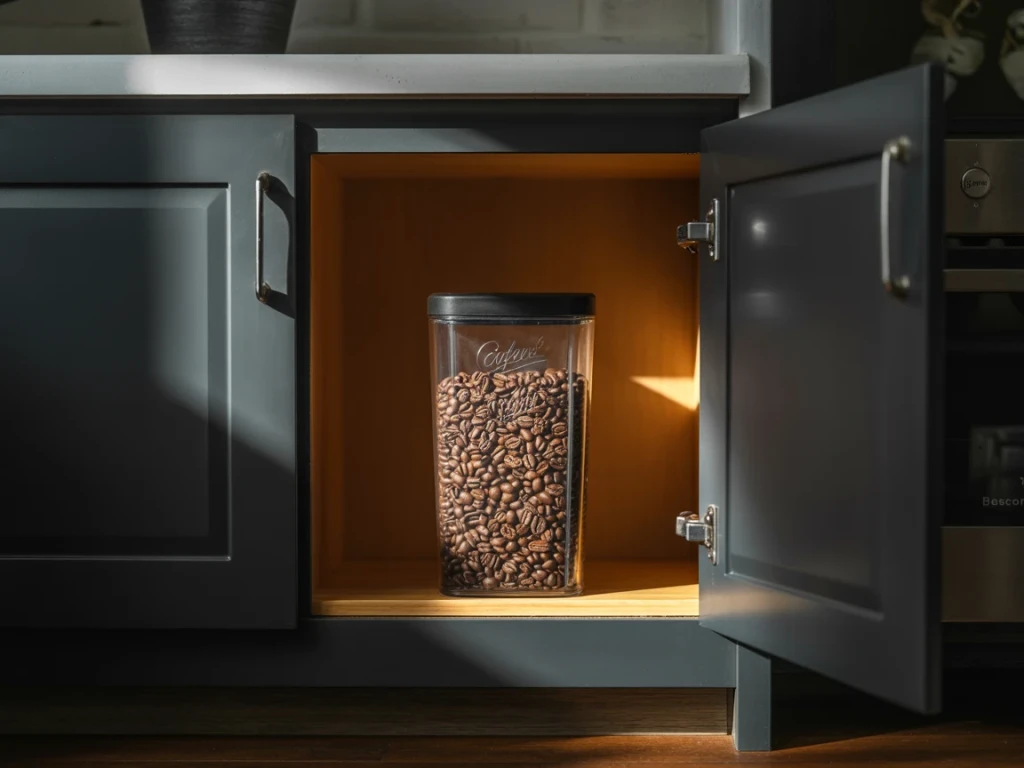
Coffee lovers, listen up! Your precious beans (or grounds) don’t belong in the fridge. Coffee absorbs moisture and odors like crazy, and your refrigerator is full of both.
Imagine your morning brew tasting a bit like last night’s fish dinner or that leftover onion dip—yuck! Plus, taking coffee in and out of the fridge creates condensation, which further degrades the flavor.
How to store them right: Store your coffee in an airtight container in a cool, dark cupboard (away from the stove heat!).
And here’s a pro tip: buy only what you’ll use within two weeks for maximum freshness. Your morning cup will taste so much better!
7. Honey

Here’s a fun fact: pure honey basically lasts forever and never needs refrigeration (ancient Egyptian honey is still edible—seriously!).
Cold temperatures just make honey thick, crystalized, and impossible to pour. Since honey’s naturally low in moisture and acidic, bacteria don’t stand a chance anyway.
How to store them right: Keep your honey in a sealed container at room temperature, and it’ll be good indefinitely (yes, really!).
If it does crystallize, no worries—just place the container in some warm water and watch it return to its golden, liquid glory.
8. Avocados (When They’re Unripe)
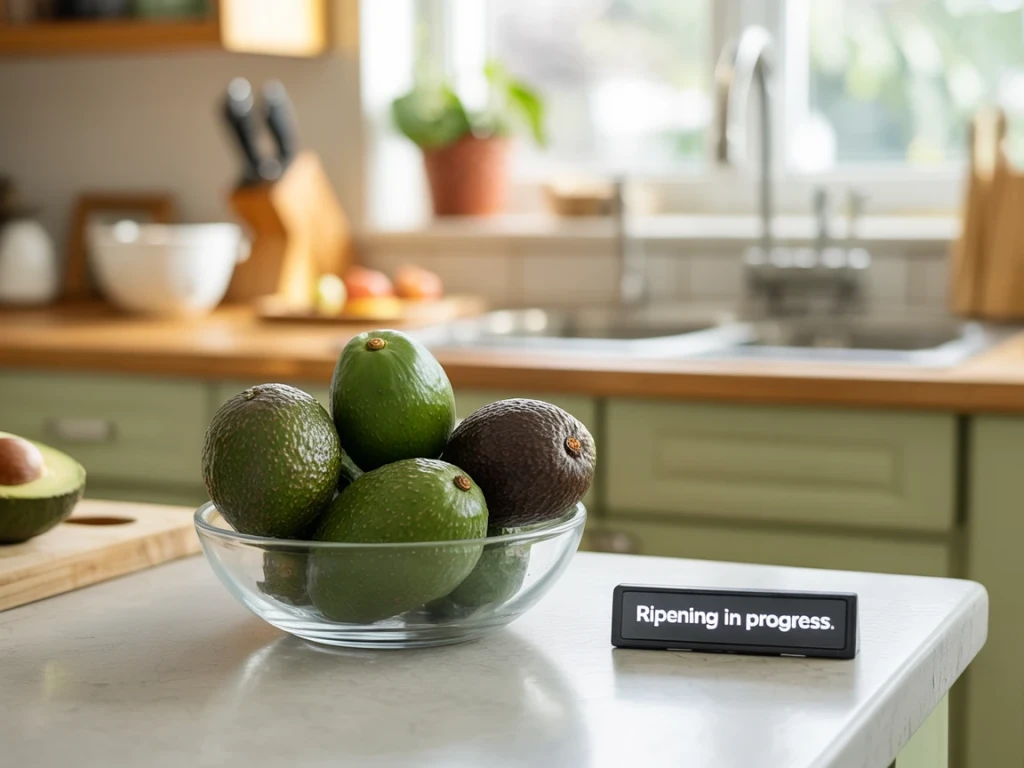
Got hard avocados that need to ripen? Whatever you do, don’t put them in the fridge! Cold temperatures freeze the ripening process completely (literally just hit pause), leaving you with rock-hard, flavorless fruit even after weeks. And let’s be honest, nobody has time to wait that long for guacamole!
How to store them right: Let unripe avocados hang out on your counter at room temperature—they’ll typically ripen in 4-5 days. Once they’re perfectly ripe (slightly soft when you give them a gentle squeeze), then you can refrigerate them for 2-3 days to slow things down. That’s the sweet spot!
9. Basil

Fresh basil is delicate and dramatic (in the best way!), and it absolutely hates the cold. Put it in the fridge and watch it wilt, turn black, and lose all those wonderful aromatic oils that make it smell so amazing. Plus, it’ll absorb odors from other foods, which means your pesto might taste weird.
How to store them right: Treat basil like the fresh flowers it basically is! Trim the stems, place the bunch in a glass of water on your counter, and cover it loosely with a plastic bag. Change the water every few days, and you’ll have fresh, fragrant basil for up to a week. It’s like having a little herb garden right on your countertop!
10. Olive Oil

When olive oil gets cold, it solidifies and turns cloudy (not a good look!). While this doesn’t actually hurt the oil, constantly moving it from cold to room temperature and back again can mess with those delicate flavor compounds over time. And what’s the point of fancy olive oil if it doesn’t taste fantastic?
How to store them right: Store your olive oil in a cool, dark cabinet away from the stove heat. Keep it tightly sealed and try to use it within six months of opening for the best quality. Room temperature is where this liquid gold shines!
11. Hot Sauce

Most hot sauces are already loaded with vinegar and salt—nature’s preservatives! Refrigeration can actually dull those vibrant, spicy flavors and change the consistency (sometimes making it weirdly thick). Since the sauce is already preserved, the fridge is kind of overkill.
How to store them right: Check the label first (some do need refrigeration), but most hot sauces are totally fine at room temperature even after opening. Keep them in a cool cabinet away from direct heat, and they’ll be ready to spice up your meals whenever you need them!
12. Melons (When They’re Whole)

Whole melons are happy campers at room temperature! They actually maintain better antioxidant levels and flavor when they’re not refrigerated. Research has shown that the cold can reduce some of those beneficial nutrients (and we want all those good vitamins!).
How to store them right: Keep whole melons chilling on your counter (pun intended!) until you’re ready to cut them. Once you slice into them, that’s when they should go in the fridge in an airtight container. Eat the cut pieces within 3-4 days for the best taste and texture.
13. Stone Fruits (When They’re Unripe)
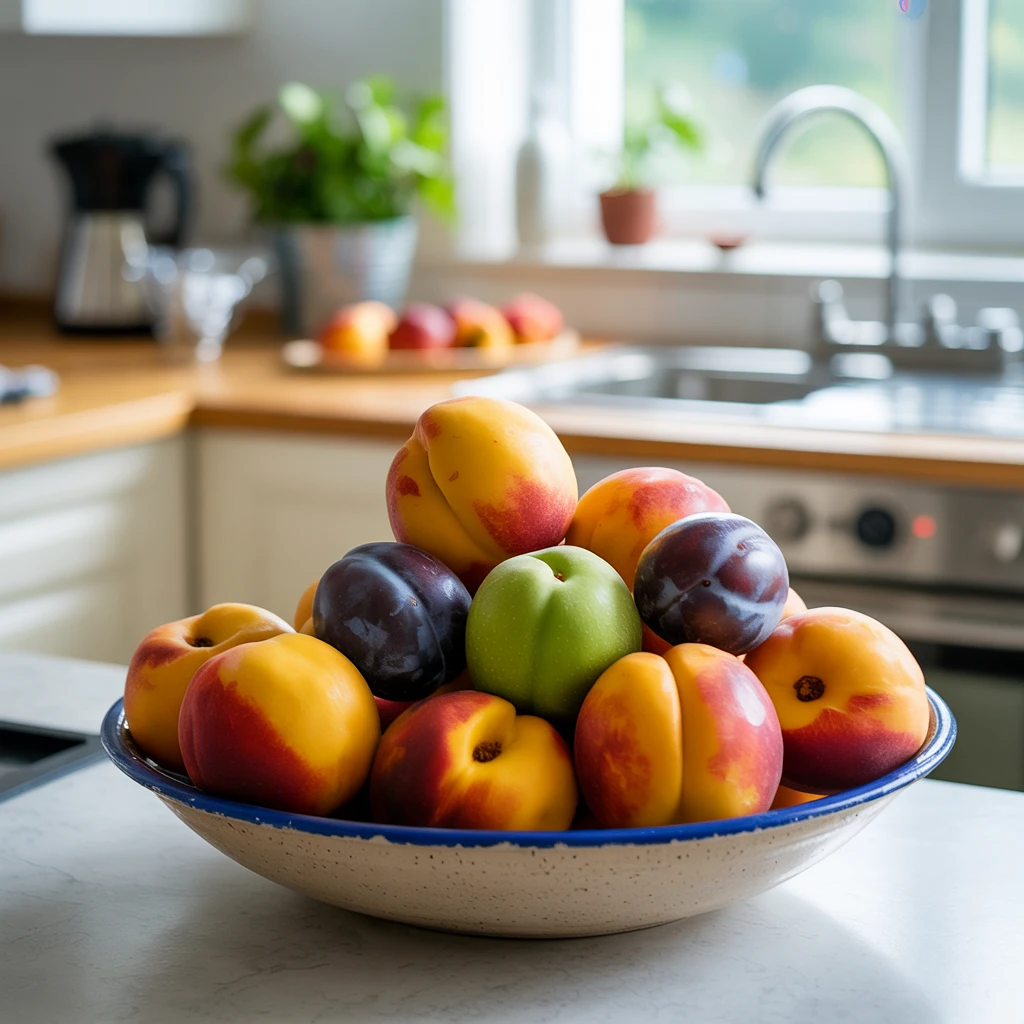
Peaches, plums, nectarines, and apricots need room temperature to work their magic and develop that perfect sweetness we crave. Pop them in the fridge before they’re ripe, and you’ve basically frozen them in time—they’ll never reach that juicy, flavorful peak that makes summer fruits so amazing.
How to store them right: Let your stone fruits ripen on the counter in a single layer (give them space to breathe!). You’ll know they’re ready when they yield slightly to gentle pressure and smell incredible. At that point, eat them right away or refrigerate for a few extra days of freshness.
14. Winter Squash
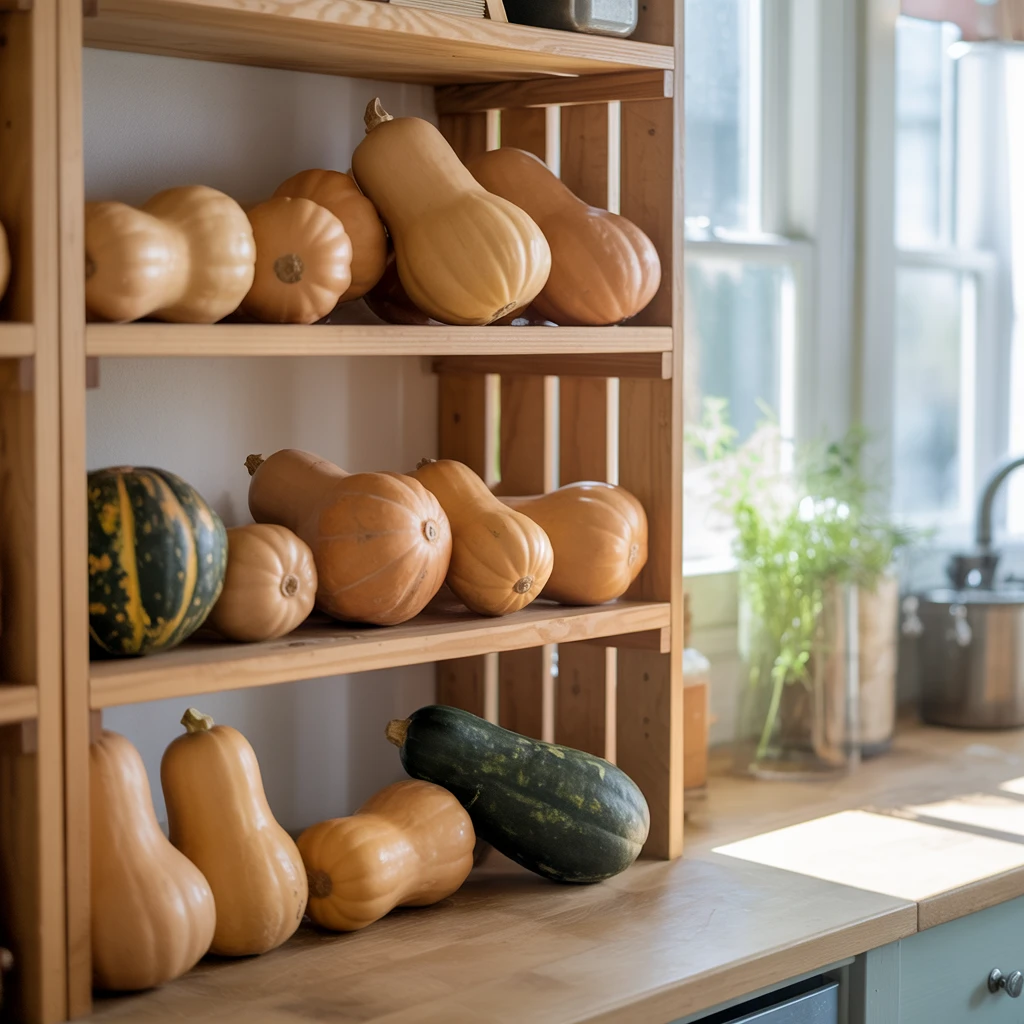
Butternut, acorn, and spaghetti squash have those thick, protective skins for a reason—they’re basically designed to last without refrigeration! In fact, the fridge can actually make them lose moisture and start to decay. These hardy veggies are tough cookies (in a good way!).
How to store them right: Store whole winter squash in a cool, dry place with good ventilation (a pantry shelf is perfect). Under the right conditions, they can last for several months—that’s serious staying power! Once you cut into them, wrap the pieces up and refrigerate.
15. Bananas
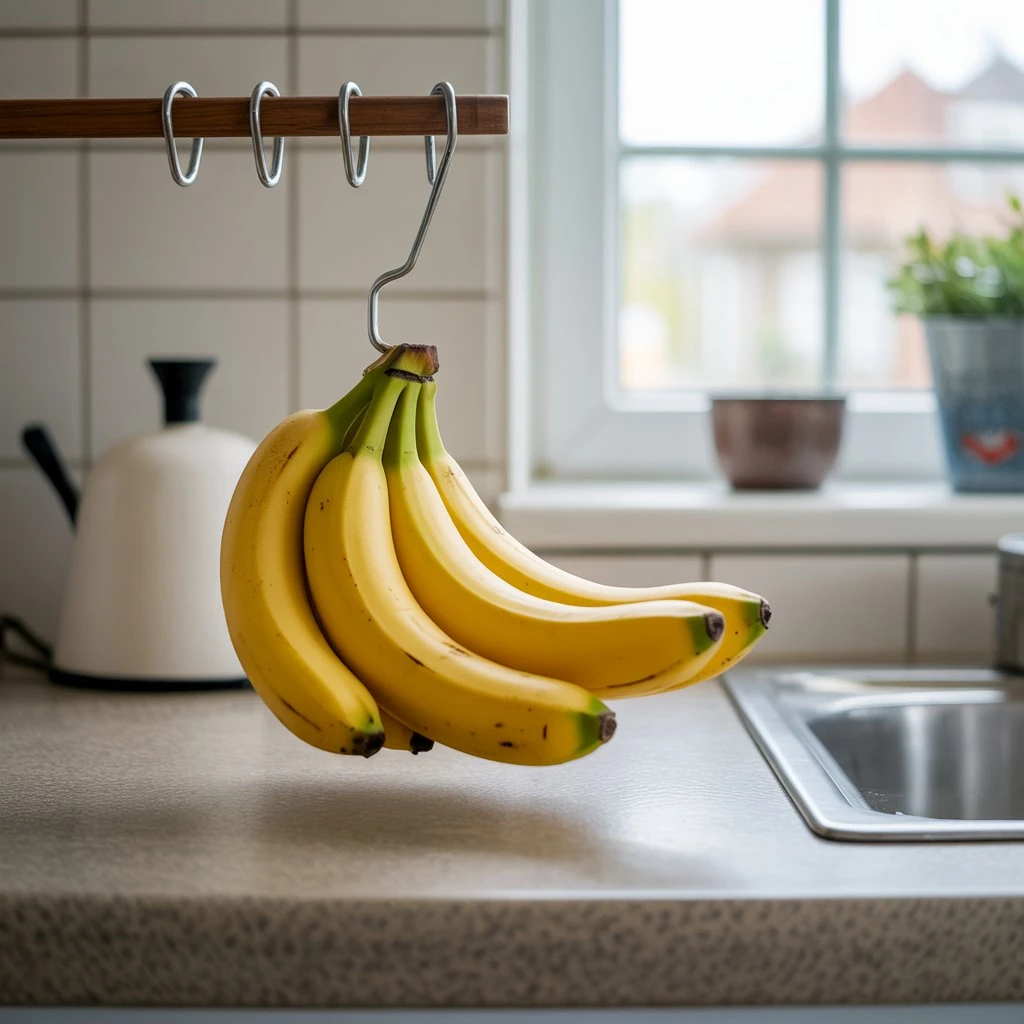
Cold temperatures mess with the enzymes that ripen bananas, which causes the peel to turn brown super fast while the inside stays hard and starchy (the worst of both worlds!). Refrigeration also breaks down the cell walls, making them mushy and unappetizing.
How to store them right: Keep bananas on your counter away from other fruits (they’re kind of bossy and make everything ripen faster with their ethylene gas!). If they’re ripening too quickly, separate them to slow things down. Once they’re perfectly ripe, you can refrigerate them if needed, though the peel will darken (but the inside stays good!).
16. Eggs

Believe it or not, eggs don’t need refrigeration in many parts of the world! In fact, refrigerating eggs can actually cause some issues. When eggs go from cold to room temperature (like when you’re baking), condensation forms on the shell, which can allow bacteria to penetrate through the porous shell. Plus, cold eggs can affect baking results since many recipes call for room-temperature eggs.
How to store them right: If your eggs haven’t been refrigerated (like farm-fresh eggs with their natural protective coating intact), keep them in a cool spot on your counter in an egg holder or carton. They’ll stay fresh for weeks! However, if you buy eggs from a refrigerated section (most US stores), continue refrigerating them since the protective coating has been washed off. The key is consistency – don’t switch between cold and warm storage.
17. Pickles and Condiments (Many Varieties)
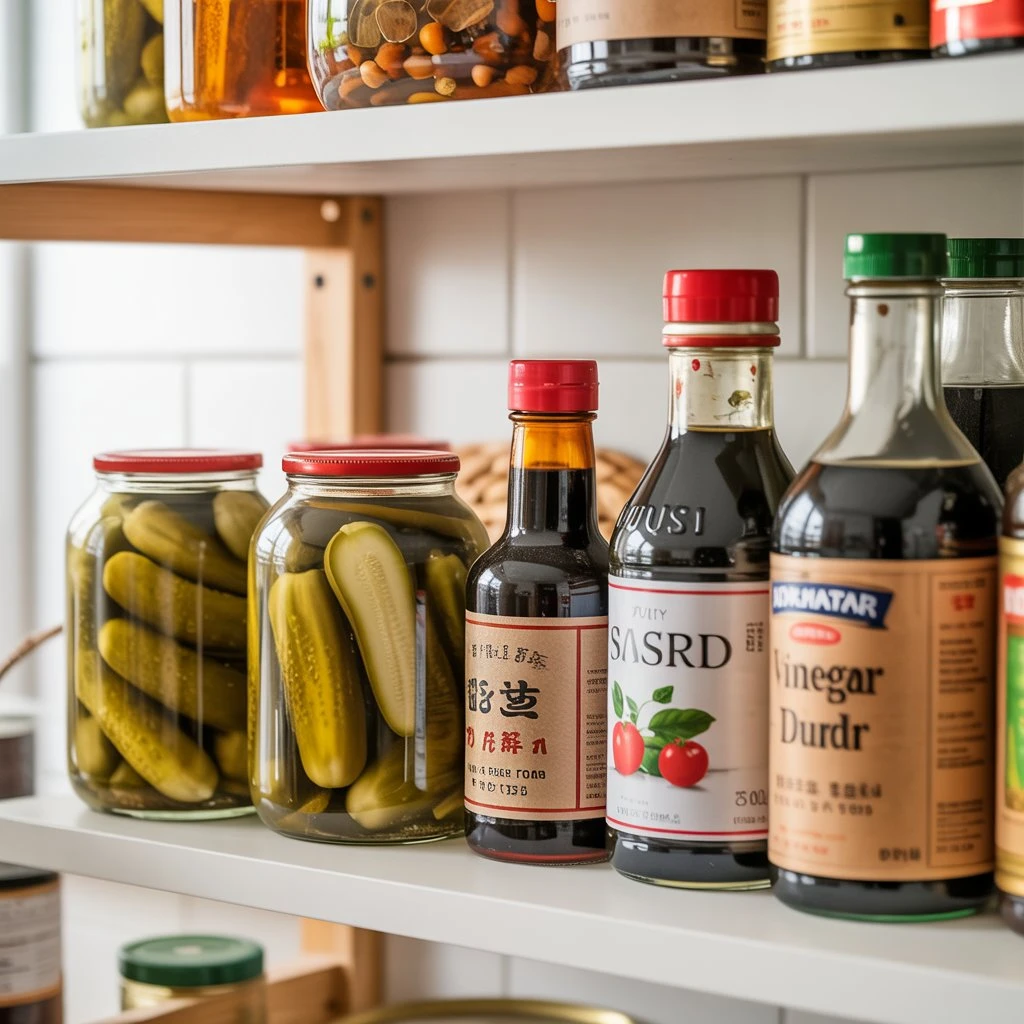
We’ve been trained to refrigerate everything after opening, but here’s the thing: many pickled items and condiments are already preserved with vinegar, salt, or sugar. These natural preservatives do the job all on their own! Soy sauce, vinegar-based hot sauces, and pickled veggies often don’t actually need the cold treatment.
How to store them right: Read those labels carefully! If it says “refrigerate after opening,” definitely do that. But if it says “refrigerate for best quality,” that’s often just a suggestion for maintaining the absolute peak taste, not a safety requirement. Many of these items are perfectly fine in the pantry!
The Science Behind Proper Storage
So why do certain foods hate the fridge? It comes down to a few key things:
Temperature sensitivity: Some foods go through weird chemical changes when they get cold, like potatoes turning their starch into sugar or bread getting stale faster (nobody wants that!).
Moisture levels: Fridges are humid environments, which sounds good but can actually promote mold growth in foods that prefer staying dry, like onions and garlic.
Ripening processes: Many fruits and vegetables have enzymes that only work properly at room temperature. Chill them, and you’ve basically pressed pause on nature’s process.
Texture preservation: Cold can crystallize, solidify, or break down foods in ways that mess with their texture—and texture matters just as much as taste!
Flavor compounds: Those aromatic compounds that make your food smell and taste amazing? They’re temperature-dependent. Cold basically turns down the volume on flavor.
Tips for Optimal Food Storage
Create zones in your kitchen: Think of it like organizing a closet—designate cool, dark spots for potatoes and squash, countertop space for ripening fruits, and cabinet space for oils and condiments. Everything has its place!
Monitor temperature and humidity: Most kitchens have their own little microclimates (fancy word for different temperature zones!). Find the coolest spots (but not below 50°F) for items that like it cool but not cold.
Use proper containers: Paper bags for potatoes, breathable baskets for onions, airtight containers for coffee—the right container makes all the difference in keeping food fresh.
Rotate your stock: Use the older stuff first, especially for shelf-stable foods that don’t last forever (even if they last a while!). Your grandmother was onto something with this one.
Pay attention to ripeness: Move foods to different storage spots as they ripen. What starts on the counter (like avocados) might need to move to the fridge once they hit that perfect stage.
Trust your senses: Beyond all the rules and guidelines, use your eyes, nose, and sense of touch! Mold, funky smells, or slimy textures are clear “nope” signals, regardless of where you stored something.
The Bottom Line
Your refrigerator is amazing and essential for so many foods (where would we be without cold milk and fresh leftovers?), but it’s definitely not a one-size-fits-all solution. By keeping these 17 foods out of the fridge, you’ll enjoy better flavors, improved textures, and sometimes even more nutritional value (bonus!). Plus, you’ll free up valuable fridge space for things that truly need it—and let’s face it, most of us could use more room in there.
Remember, proper storage isn’t just about making food last longer—it’s about enjoying your food at its absolute best. Take the time to learn what thrives where in your kitchen, and we promise you’ll taste the difference in every meal. Happy storing, and even happier eating!
